COVID-19 Economic and Epidemiological Impact
Analysed in just a few gobbets for time-starved, over-solicited decision-makers
We are not over the worst. Globally, millions of cases still go unrecorded. Fear of new and serious side effects are making us collectively more prudent and should encourage the use of the proven methods of containment. Collective caution, combined with many other factors, means that in economic terms the current rebound is not yet a sustained recovery.
- We should be under no illusion that the worst of the pandemic is yet to come. To date, only a few countries like China, Taiwan, Vietnam, and a handful in Europe are effectively containing the virus. In a great majority of nations, COVID-19 is either raging (like in Latin America, South Asia, much of the US, and Africa), or resurfacing. Regional and local outbreaks are occurring in countries as different as Australia, Israel, Japan, and Spain.
- Scientific evidence is mounting that COVID-19 is more of a blood vessel disease than a respiratory one. The virus enters the body through the lungs, but it seems to inflict damage by attaching to the insides of blood vessels and then infecting organs like the kidneys and the brain. Over the past few weeks, many medical articles have pointed to the growing list of potential long-term side effects caused by COVID-19. This might influence individual behaviour and risk-taking. Before, individual focus tended to be on the low mortality rate of COVID-19. Now, this may well turn into an obsession with not catching the virus because of its potential side effects. If so, we’ll collectively become more prudent.
- According to research conducted by MIT in 84 countries, for each recorded case of COVID-19, 12 go unrecorded. Without a medical breakthrough, it estimates that the total number of cases will rise to 200m-600m by spring 2021, with global deaths ranging from 1.4m to 3.7m people. Even at that level, around 90% of the world’s population will remain vulnerable to the pandemic. It could be more if immunity is transient – a “known unknown”.
- In the US, the spike in infections is driven by the states that reopened first (i.e. too early). Several of them have more new cases per capita than the hardest-hit countries in the world. Day after day, the country as a whole is reaching unprecedented highs in COVID-19 cases, with almost 60,000 new infections on July 9, and 3 million cases in total. Complacency about the ‘relatively’ low level of deaths (slightly less than 1,000 a day compared to 2,200 in mid-April) is ill-founded: there is a lag of about a month between a reported infection and possible death from COVID-19. The US is falling victim to hubris.
- This is all the more disconcerting since we now know how to manage, if not contain, COVID-19. By and large, we catch it indoors, when with crowds in which some people raise their voices. The outcome largely depends on how societies react and adapt, with three ways to fence-off the disease: (1) changes in individual behaviour (like observing rules of physical distancing and wearing a mask), (2) testing, tracing, and isolation, (3) lockdown (the sign that the other two have failed).
- The global economic data is confusing and open to all sorts of interpretations. In China and the Western world, there seems to be a burst of spending while at the same time macro data indicates that consumers remain cautious. Among all this noise, the bottom line is this: we must not confuse rebound with recovery. Simply put: the global economy has a long way to go before returning to where it was before the pandemic struck. The IMF predicts that 170 countries (nearly 90% of the world) will have per-capita income reduced by the end of the year, and the ILO estimates that the world lost the equivalent of 400 million full-time positions in Q2. The landscape of the recovery remains uncertain, at best.


